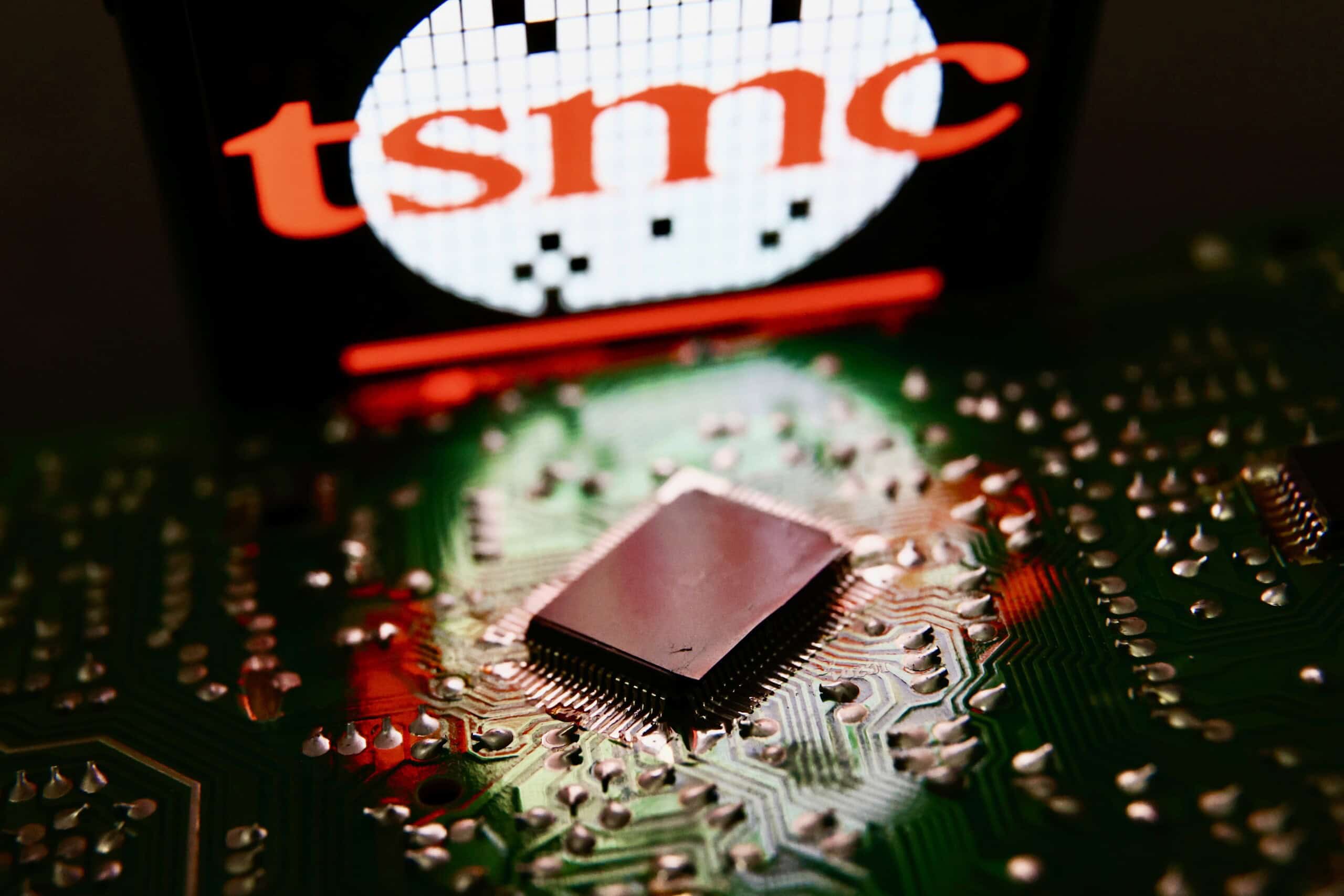
A year after Beijing banned products made by U.S. chip maker Micron from domestic infrastructure, another U.S. giant — Intel — is under growing scrutiny in China.

Last week [October 17], the Cyber Security Association of China (CSAC) called for Intel products sold in China to undergo a security review due to alleged vulnerabilities in the chips the company produces for use in central processing units. The association claimed these vulnerabilities could enable system administrators to steal user data and might pose a ‘serious risk’ to national security.
Intel responded on its WeChat account less than 24 hours after the criticism was published, saying it would “maintain communication with the relevant departments to clarify related questions”. The company did not respond to several email requests for comment.
The CSAC lacks direct investigative powers, and is relatively unknown both inside and outside of China. But the association has close ties to the Chinese authorities. Zhao Zeliang, its current president, previously served as deputy director of the Cyberspace Administration of China until October last year, during which time the government agency conducted a security review of Micron.

That review prompted some Chinese companies to sever ties with Micron, which warned that about half of its revenue from Chinese clients would be at risk. Experts say the new scrutiny of Intel could represent the latest in the ongoing tit-for-tat between the world’s largest economies in the technology sector.

“This call may be China’s response to the new export control measures set to be introduced by the United States,” said Christopher Miller, author of Chip War, referring to the Biden administration’s plans to further restrict the export of advanced chips to China that are used for cutting-edge technologies like artificial intelligence.
“I think just like China imposed market restrictions on Micron about a year ago, this is a similar threat to Intel, with (China) saying to the U.S., if you restrict our access to certain types of tools and chips, we’re going to restrict access to our market for your firms,” he added.
The Chinese market is crucial to Intel, accounting for just over a quarter of its revenue last year, or roughly $15 billion, more than it generated in the United States. The signs that it could face further problems in China comes amid tough times for the California-based company: In August, it announced plans to lay off 15,000 employees after its latest results fell far short of Wall Street expectations. The poor performance has led to a 26 percent drop in Intel’s stock price over the past two months.

Over the years Intel has adopted various initiatives to expand into the Chinese market. Since 2003, the company has built two factories on a 385,000-square-meter campus in Chengdu, a city in western China. According to Intel’s website, the two factories produce chipsets and advanced microprocessors for computers worldwide. Earlier this year, Intel’s CEO, Pat Gelsinger, described major Chinese firms such as Lenovo, ZTE, Alibaba, and ByteDance are all ‘big, important customers’ of Intel, in an interview with the New York Times.
The company has encountered challenges before in China. In December 2021, Intel faced significant criticism from Chinese social media users after publishing a letter urging suppliers not to use any labor or products from Xinjiang: the letter has since been revised on Intel’s website. Intel’s brand ambassador, Karry Wang, a member of one of China’s most popular boy bands, announced that he would “terminate all cooperative relationships with the American company.”

At the time, Intel quickly apologized to Chinese customers, issuing a statement on WeChat that read, ‘We sincerely apologize for the inconvenience caused to our valued Chinese customers, partners, and the public.”
Such diplomatic efforts have to date helped ensure that Intel-powered CPUs still dominate in China, accounting for around four-fifths of both the desktop and laptop markets in 2021, according to the CSAC’s own figures.
However in 2022, Beijing started requiring central government agencies and state-owned enterprises to replace foreign-brand personal computers with domestically produced ones within two years. This year, officials also ordered the country’s largest telecom carriers such as China Mobile and China Unicom to replace foreign chips with domestically produced alternatives by 2027.
If the Chinese government halts all purchases of Intel CPUs, the company’s annual revenue could decrease by $1.5 billion, analyst Stacy Rasgon of Bernstein estimates.
…just like China imposed market restrictions on Micron about a year ago, this is a similar threat to Intel, with (China) saying to the U.S., if you restrict our access to certain types of tools and chips, we’re going to restrict access to our market for your firms.
Christopher Miller, author of Chip War
Even without government intervention, China is becoming a tougher market for Intel and other chipmakers. While China is the world’s largest importer of semiconductors, slowing economic growth has weakened demand for end products like consumer electronics and electric vehicles. Semiconductor sales in China fell 14 percent last year, marking the largest decline among all major markets, according to data from the Semiconductor Industry Association.
“For the case of China, there is still a certain consumption downgrade, and people are not that willing to spend as much money. They basically just want to buy cheaper goods.” says Gary Ng, an economist with French investment bank Natixis.

At the same time, U.S. restrictions have also affected Intel’s exports to China. “Our second quarter revenue was unfavorably impacted by the revocation of certain licenses for exports of consumer-related items to a customer in China”, Intel said in its latest financial report, without specifying which company. Overall, Intel’s revenue in China has declined by 35 percent over the past three years.
Although the allegations made by CSAC have not yet resulted in a formal investigation into Intel, there are concerns that its Chinese customers may proactively consider switching to domestic chip suppliers, especially as Beijing continues to encourage such firms. Beijing has to date invested more than $150 billion into the domestic semiconductor industry since 2014, the Economist Intelligence Unit estimates.
Still, Intel remains ahead of Chinese domestic rivals, experts say. Chip production is highly complex, but it can be broadly divided into four stages: design, manufacturing, packaging, and testing, of which manufacturing is the most challenging part. Even SMIC, which Intel considers a potential competitor due to substantial Chinese government funding, has limited production capacity and lags five years behind industry leaders such as TSMC in manufacturing technology, according to Chris Miller.
“It doesn’t look like there are really compelling Chinese firms producing comparable chips in an economic fashion at scale.“ Miller said, “Domestication requires domestic manufacturing, and right now for cutting edge processes that exist, not in China, but in Taiwan.”
Natixis’s Ng also believes that even if SMIC can produce products to compete with Intel in the future, it will still face challenges. “SMIC is essentially a much smaller company than Intel. So, even if Intel is banned and they can produce similar products, they would still struggle to meet demand in China, let alone consider exporting,” he says.

Yi Liu is a New York-based staff writer at The Wire. She previously worked at The New York Times and Beijing News. Her work has also appeared in China Project, ChinaFile and Initium Media.




